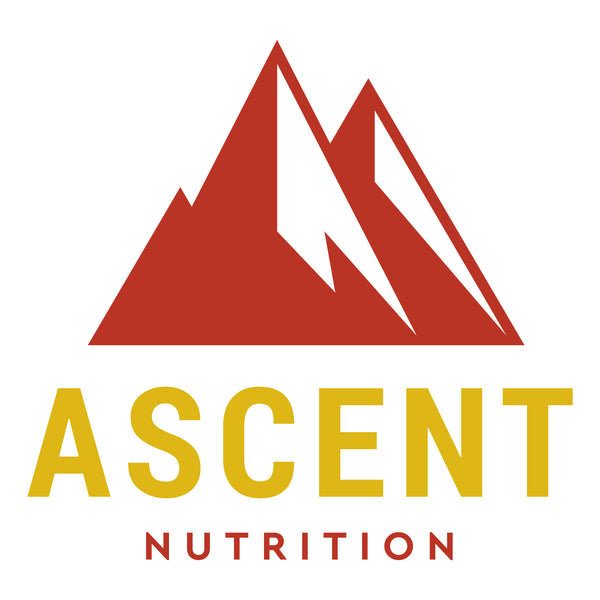One of the most effective biohacking products you can add to your wellness arsenal is a red light therapy device.
Red light therapy is growing in popularity among biohackers due to its multifaceted benefits and non-invasive mechanism of action. Integrating short, frequent red light exposures into your daily regimen complements other biohacks aimed at optimizing human performance.
If you’re looking to integrate red light therapy into your biohacking routine, it’s easier than you might think. In recent years, red light therapy devices designed specifically for biohackers have emerged.
These wearable devices provide portable, convenient red light dosing throughout the day. They represent a passive way to incorporate red light therapy benefits into your lifestyle with minimal effort.
In the realm of red light therapy devices, the Ascent Nutrition Red Light Therapy Wristband stands out for its unique design and ease of use. This innovative wristband offers biohackers the opportunity to experience the many benefits of red light therapy in a convenient, wearable format.
The wristband can be worn throughout the day or during specific activities, allowing you to receive the benefits of red light therapy without interrupting your daily routine. For this reason, the red light therapy device is perfect for biohackers, as it can be easily integrated into daily routines and used in conjunction with other biohacking practices.
Its portable design ensures that you can experience red light therapy at home, in the office, or even on the go.
To incorporate Ascent Nutrition’s Red Light Therapy Wristband into your daily health and wellness regimen, simply secure the wristband to your wrist and activate the red light therapy function as needed.
By using the wristband consistently, you can reap the various benefits of red light therapy, such as supporting healthy-looking skin, aiding in the aging process, promoting a healthy inflammatory response, enhancing sleep quality, and supporting hormonal and mitochondrial health.
In addition to the Red Light Therapy Wristband, visit Ascent Nutrition's website and browse through our offerings to find the perfect biohacking product for you.

